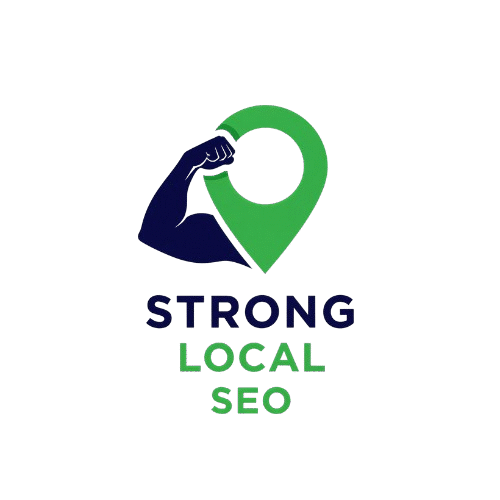Let’s get real for a second:
For years, the common SEO advice has been predictable: “produce more content, target more keywords, and watch your traffic grow.”
But here’s the problem.
Most brands that aggressively scale content this way eventually run into a dead end – traffic plateaus, rankings drop, and a growing pile of content ends up gathering dust in the archives.
Why?
Because scaling content has become a lazy growth hack – and Google knows it.
We’ve officially reached a point where simply pumping out more content no longer guarantees better SEO results. Here’s why.
The Comfort of “More”: A Dangerous Illusion
Pumping out content at scale can feel like a win. Fifty articles a month? That sounds impressive. One hundred? Even more so.
But in truth, the majority of those articles end up unseen. They either:
- Compete against each other and cannibalize rankings,
- Sink into the search abyss without visibility,
- Or worse yet – they get flagged by Google’s Helpful Content Update, which targets low-quality, mass-produced content farms.
The bigger you scale, the higher the chance you’re churning out filler content that neither users nor search engines find valuable. And honestly, nobody needs another “Top 10 SEO Tips” list – especially the 57th one.
The Quantity Obsession Is a Marketing Echo Chamber
Marketers love metrics they can count:
- Number of articles published
- Words written per month
- Blog posts per week
But you know what Google actually rewards?
- Depth of insight
- Authority in a specific niche
- Content that keeps users engaged
But once scaling takes center stage, those priorities vanish. Content turns into cookie-cutter templates, writers become interchangeable, and you’re just pushing out articles for volume’s sake – not to educate, challenge, or inspire your audience.
Google’s Not Counting – It’s Evaluating
Google’s AI has moved beyond simply tallying keywords or tracking your publishing frequency. Now, it’s focused on asking:
- Is this content meaningfully better than what’s already out there?
- Does this brand consistently demonstrate expertise?
- Are users satisfied, or bouncing fast?
Producing large amounts of content without meeting these standards is like tossing spaghetti in zero gravity – nothing ever sticks.
The Hidden Damage of Low-Quality Scaling
- Content Decay: Most of your content – about 90% – spoils like milk rather than aging like fine wine. Without regular updates, even scaled content slowly fades from the rankings.
- Cannibalization: Having dozens of similar articles aimed at the same keywords doesn’t pit you against competitors – it puts you in competition with your own content.
- Brand Dilution: When your content comes across as generic and churned out en masse, it weakens your brand’s credibility. Audiences connect with genuine experiences, not soulless SEO material.
- Technical Bloat: Rapid, unchecked content growth can bog down your website, cause duplicate content problems, and leave search engines unsure which pages to prioritize.
What Actually Works: Scalable Quality > Scalable Quantity
If you want to scale content without sabotaging your SEO, here’s the blueprint:
- Relentless Topical Focus
Instead of covering everything, dominate a focused niche so thoroughly that Google can’t help but recognize you as the go-to authority.
- Editorial Standards Over Output Quotas
Instead of asking, “How many posts did we publish this month?” ask:
- Did we say something new?
- Is this demonstrably better than the top 3 ranking pages?
- Would an expert in this field nod in agreement, or call it generic fluff?
- Content Designed for Longevity
Evergreen content > trending clickbait.
Build articles that age well, with the intent to refresh, upgrade, and expand them regularly.
- Experiment with Formats, Not Just Topics
Scaling doesn’t have to mean more blog posts. It can be:
- Interactive tools
- Original data studies
- Visual guides
- Video explainers
Mixing up your content formats lets you conquer search results from different angles – making it tougher for competitors or AI to copy your strategy.
Final Thought: If Everyone’s Scaling, Who’s Differentiating?
We’re currently facing a content inflation crisis – every niche is flooded with cookie-cutter articles.
But in this sea of noise, quality outshines quantity.
If you want to succeed in SEO in 2025, ditch the assembly-line mentality. Slow down, invest heavily in your expertise, and create content so valuable that people would gladly pay for it.
Because if you’re simply churning out content to hit quotas, don’t be shocked when Google views you as just another faceless number.

